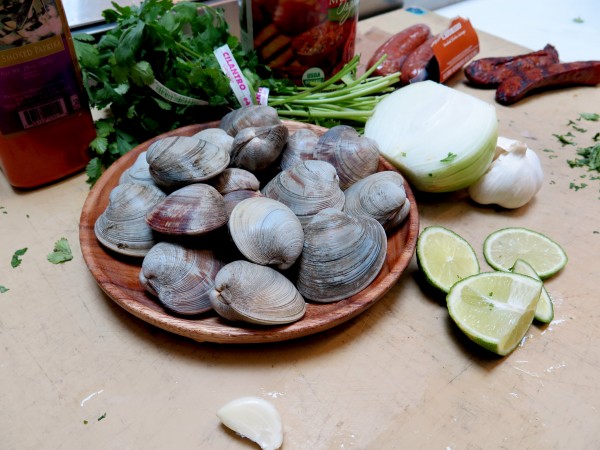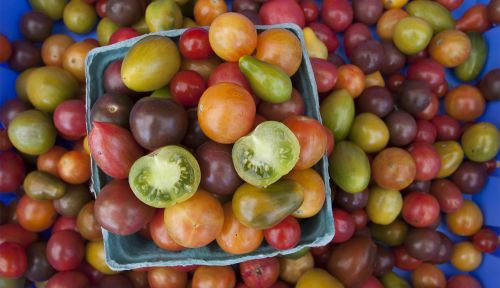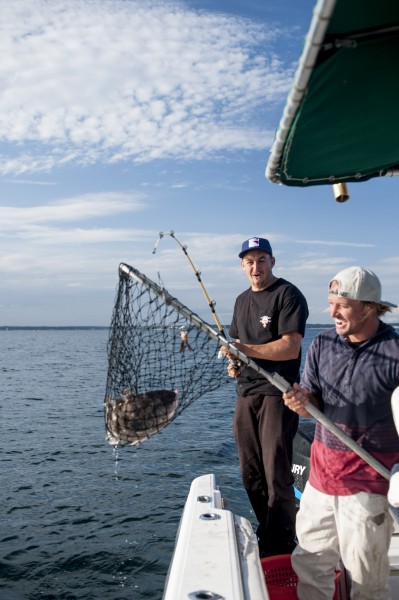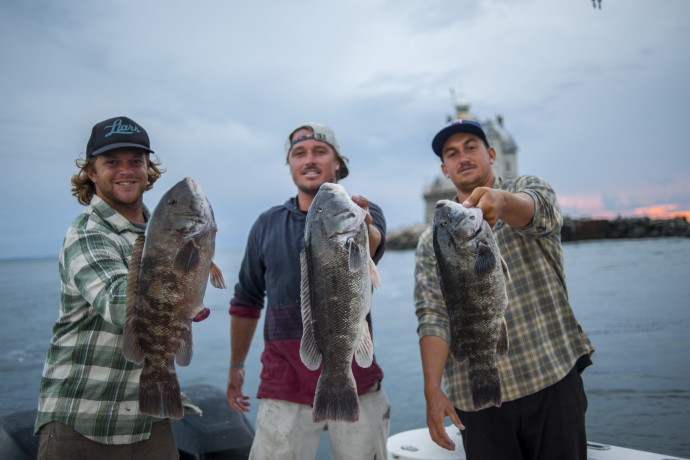Living on the East End, we are blessed with amazing natural resources that have been protected through the vital organizations we have out here. There are five state parks in our immediate area that are managed by the New York State Office of Parks, Recreation and Historic Preservation, not to mention the other protected land on the East End, which is owned by Suffolk County, the Town of East Hampton and The Nature Conservancy.
This protected open space provides habitat for a variety of fish and wildlife. Some of which are federally listed as endangered or threatened; leatherback sea turtle, peregrine falcon, humpback whales and piping plovers to name a few. As residents or visitors to this beautiful area, it is important to recognize the abundance and value of the terrestrial and marine ecosystem that surrounds and supports us.
The plethora of natural resources had once sustained the Montaukett tribe of Native Americans who lived peacefully off the land and provided us with a template of how we can do the same in modern days. The Natives harvested the various species of shellfish abundant around the estuaries and bays of Long Island Sound including little neck clams, oysters, bay scallops and mussels used for food and supplies. The Montaukett’s were major manufacturers of “Wampum” (sacred shell beads used as a standard unit of exchange among Northeast woodland tribes) and some big shellfish eaters, which we understand the logic behind.
Aside from living off shellfish, the woodlands provide an array of wild foods that can be foraged throughout the warmer months. These include wild plants like watercress, wild mushrooms and various berries, such as cranberries, blackberries, and raspberries, among others. With some local knowledge and exploration, it is possible to forage some amazingly delicious food and have a great time outdoors! Remember though, just note the threat of ticks, poison ivy and poison oak.
Fresh, homegrown food can also be purchased at various farmers markets and popular organic farms, during the summer around the East End. I personally like to grow food in my backyard garden but also volunteer at the Montauk Community Garden, which also sells fresh produce, along with the many other organic farms and produce stands around the East End.
Hunting whitetail deer, turkey, waterfowl and other small game species offers up a sustainable and incredibly tasty meal for the keen outdoorsmen and women as well. With the whitetail deer populations capable of doubling every three years, hunting is actually an important part of managing the wildlife population. Hunting allows us to take advantage of this abundant natural resource, spend time enjoying the outdoors and bring healthy food home back to our family and friends. The money from hunting licenses, tags and stamps is the primary source of funding for most state wildlife conservation efforts, protecting habitat for both hunted and non-hunted species.
The most famous and arguably most fun way to bring home dinner on the East End is by fishing. Montauk harbor supports the largest commercial fishing fleet in terms of landed value of fish and number of fishing vessels on Long Island. The fast moving tides moving water through the Long Island Sound and the Atlantic Ocean creates a pinch point for migrating marine life. This provides some of the best year round fishing for both inshore and pelagic species that are caught using a variety of methods from long-lining and dragging, to surfcasting and my personal favorite, spearfishing.
Whether fishing, hunting and gathering or growing on the East End, living off the land can really be realistic if you make a conscious effort. We are blessed with the natural resources needed to survive and it is a great place to lead a green, healthy life while in an area that is so beautiful and plentiful to do so. Get out there and live!
Words by Philip Yashinowsky

























